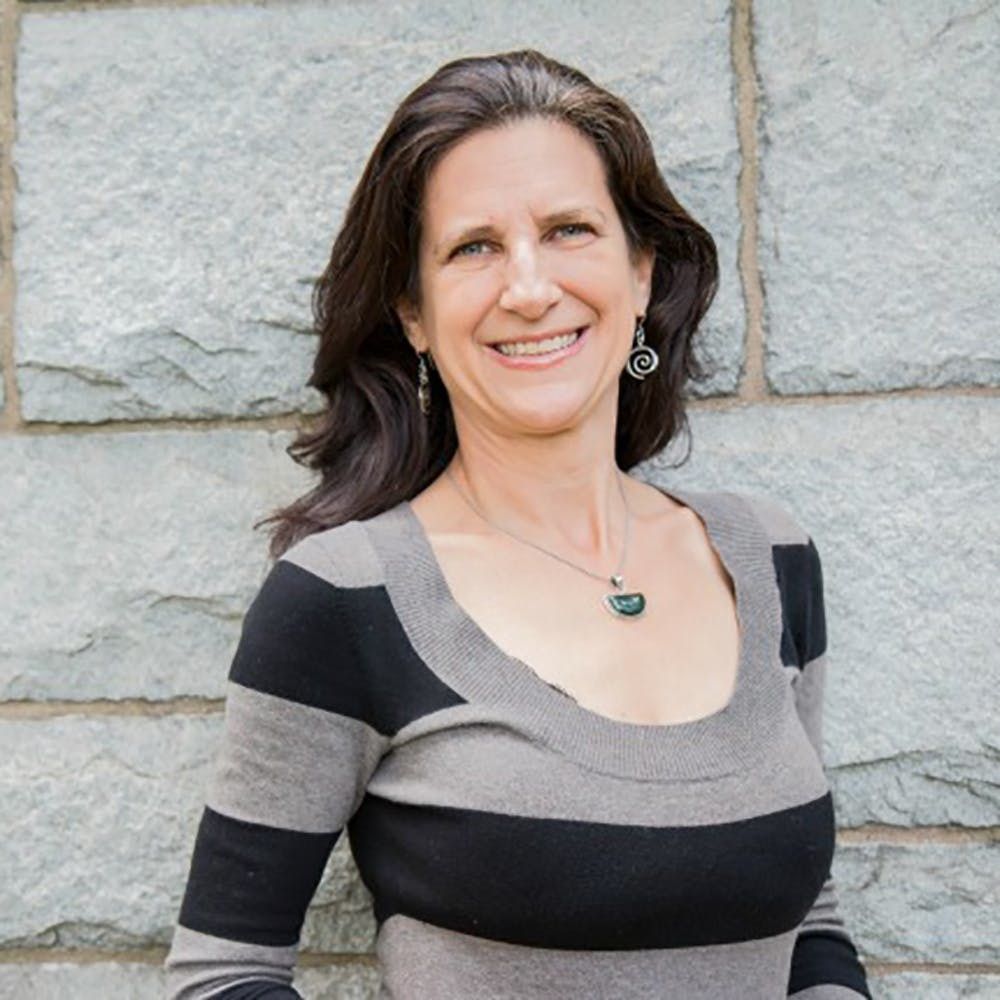Is anxiety over starting a brand new business or dealing with a quarter-life crisis keeping you up at night? Tzivia Gover, a certified dream therapist and author of The Mindful Way to a Good Night’s Sleep ($17), tells us that nightmares are a common cause of stress and sleep deprivation. Since clocking the right number of hours of quality shut-eye is key to staying healthy, we tapped Gover’s expertise for some info and tips that’ll help make having sweet dreams and getting sound sleep a cinch.
“Some people think that eating pizza or spicy foods late at night will bring on nightmares, while others believe that watching a scary movie before bedtime is a bad idea,” Gover notes, “but bad dreams happen because of numerous factors, many that are beyond our conscious control.” She tells us that while there isn’t a foolproof way to avoid sleepytime scaries, there are specific behaviors and attitudes that can promote positivity.
Mindfulness, according to Gover, is key. “Yes, we call it mindfulness (the calm cultivation of present-moment awareness) but I think we could actually call it mind-emptiness too,” she shares. “This is because when our minds are full of worries, regrets, plans, and questions, it’s difficult to settle into relaxation and stillness.” She says that the goal of mindful meditation is really just to pour out your thoughts while slowing down your heart rate and brain waves. “This is the relaxed state of body and mind that is necessary to settle into sleep,” she says.
3 Ways to Be More Mindful Before You Go To Bed Each Night
“You can invite good dreams by making nighttime feel cozy,” Gover promises. “Try a soft light, a mug of tea, soothing stretches, or light reading before bed. One of my favorite techniques for inviting a good night’s sleep and positive dreams is to make a gratitude list before nodding off, mentally reviewing the items on it as you’re drifting off.” Here are three additional exercises that will help bring positivity to your subconscious:
1. Get back to planning a real bedtime. “To eat mindfully, we leave the table before we are overly full, so to sleep mindfully, head to bed before you’re exhausted,” Gover advises. Though this might be tough with tons of activities or incomplete items on your to-do list, she says it’s essential. “Work backward when you plan your day, and build in a solid hour to wind down so you can climb into bed well before you feel beat.”
2. Stretch to soothe. “Prepare your body for sleep with a few stretches or yoga poses that help soothe anxiety and still your mind,” Gover suggests. She tells us that cat/cow, downward-facing dog, forward fold, and legs up the wall poses are all good options.
3. Mind your routines. You probably already have some routines and rituals that help you unwind each night, and Gover says these are a perfect way to incorporate more positivity into your heart, mind, and spirit. “Bring mindful attention to your nighttime routines to prepare for a good night’s sleep. For example, as you wash your face and brush your teeth, you might imagine that you are washing away any worries, regrets, or plans for tomorrow. Let any thoughts from your busy mind swirl down the drain with the soapy water as you exhale deeply and relax.” Ahh.
4 More Ways to Infuse Your Dreams With Positivity
1. Feed your spirit. Gover says that nighttime is ideal for calming your energy, so it’s important to watch what you’re consuming. “Restrict your intake of news to daylight hours if possible, and focus on reading, doing, or watching things that encourage feelings of calm and well-being at night,” she advises.
2. Set the scene so you feel safe. According to Gover, feeling safe can help promote positive dreaming. “As you check to make sure the doors are locked and the curtains are drawn, you can symbolically close the door on worries beyond your immediate control — and seal in a strong desire for inner peace.”
3. Use gratitude to have a great night. “Studies show that people who head to bed feeling grateful tend to sleep and dream better,” Gover shares. “As you drift to sleep, mentally review what you’re thankful for, or mentally replay the best moments from your day.”
4. Take notes. Positive reflection can help you channel good vibes and power forward in the most positive way possible. “Journal about your dreams as well as about your waking experiences as you make observations and draw conclusions about your dreams,” Gover says. “Like a good scientist, date your entries, and make note of any connections between your daytime activities and the themes and imagery that come to the surface.” She says for best results, you should review your journal regularly and jot down any intriguing insights or meaningful connections you can make.
Do you regularly remember your dreams? Do you have mostly good dreams? Dish the details with us on Twitter @BritandCo.
(Photo via Tzivia Gover)
